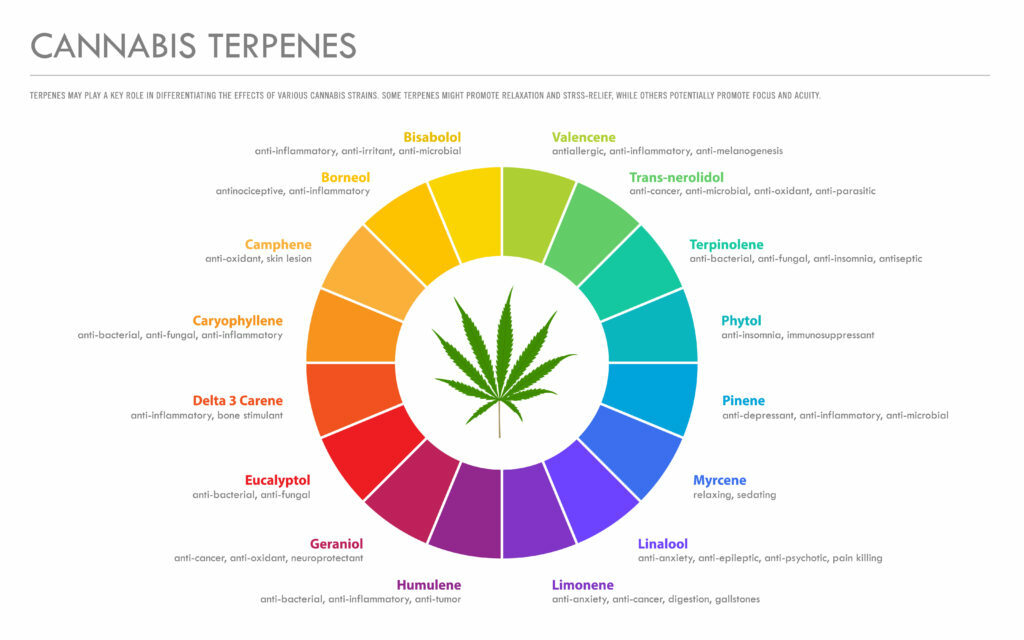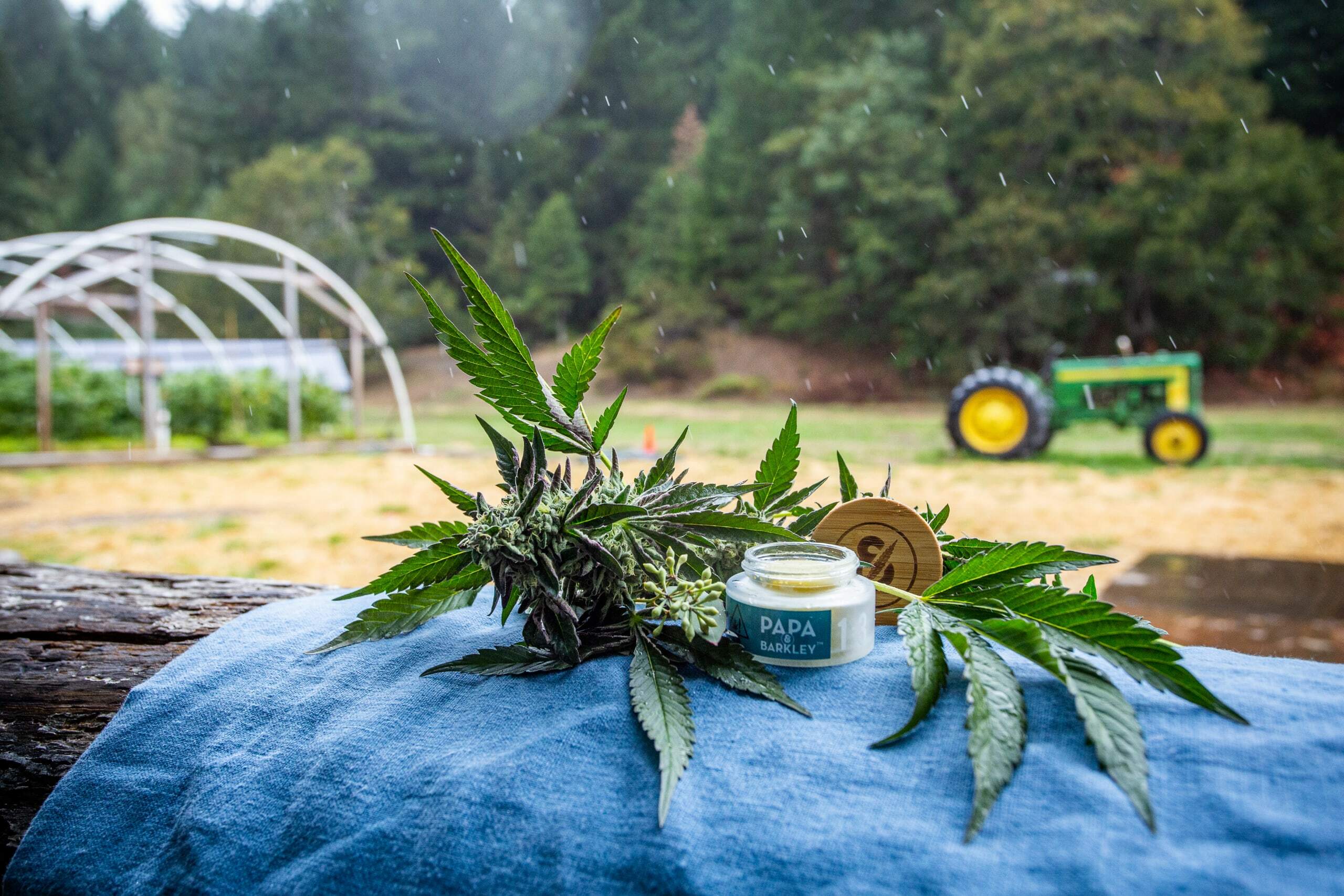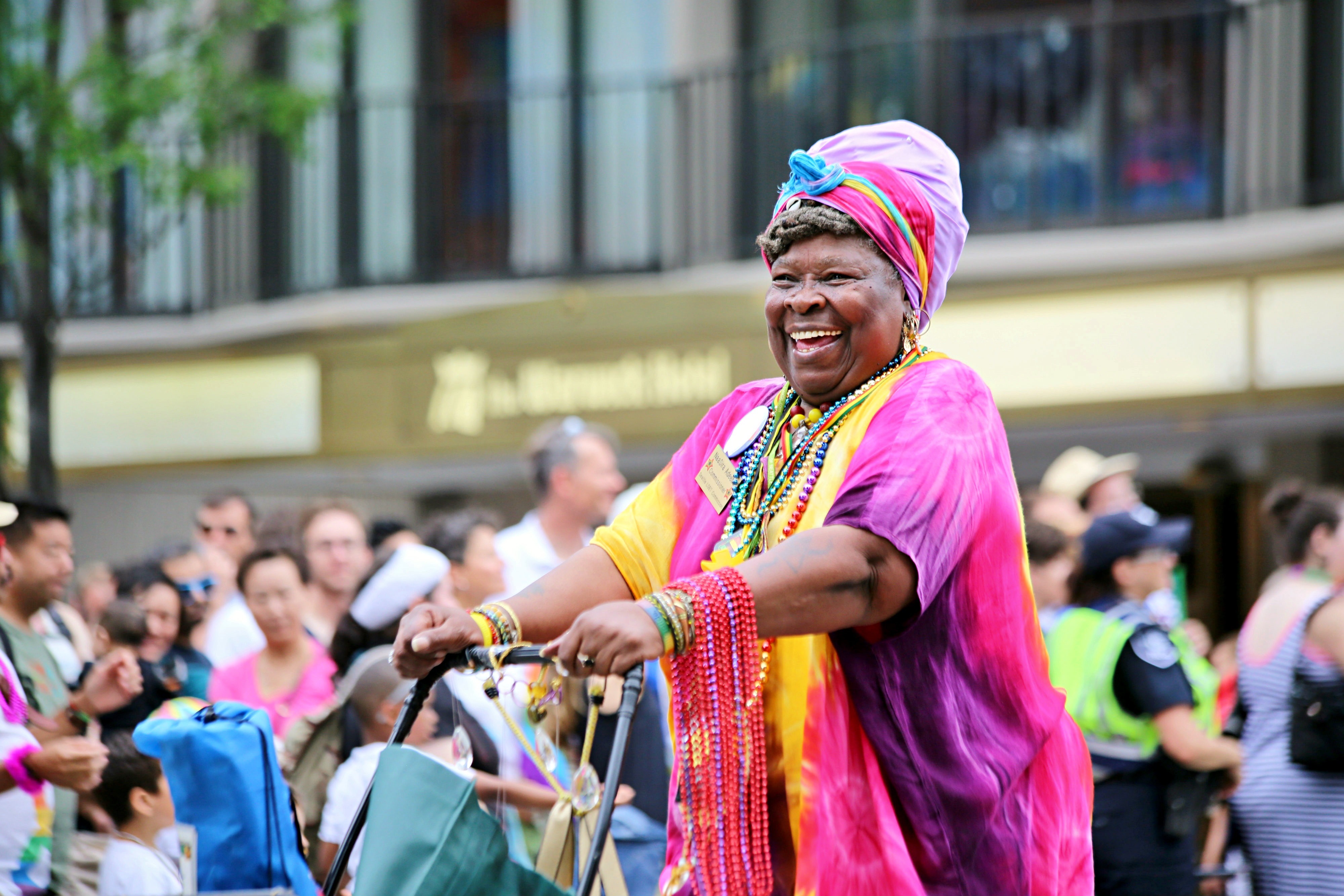
Everything Seniors Need to Know When Trying CBD for the First Time
By: Cyrus Sepahbodi
Osteoarthritis runs heavily in my family. My mother deals with pain in her hands, knees, and lower back every day. My grandmother spends most of her day lying down or seated because her knees are swollen to the point, she can barely stand for more than five minutes. Both feel the physical and emotional strain of day to day life because of their conditions. But it goes beyond the pain on most days. My mother and grandmother are proud women. They’ve both raised families, taken care of children, and worked accomplished careers. But to see them in the elder years fighting pain and not being able to do the simple tasks of life is heartbreaking. If you ask my grandmother about her pain, she would tell you, ‘I can’t cook anymore. I can’t help your mother around the house. Life with non-stop pain is hardly worth living.’
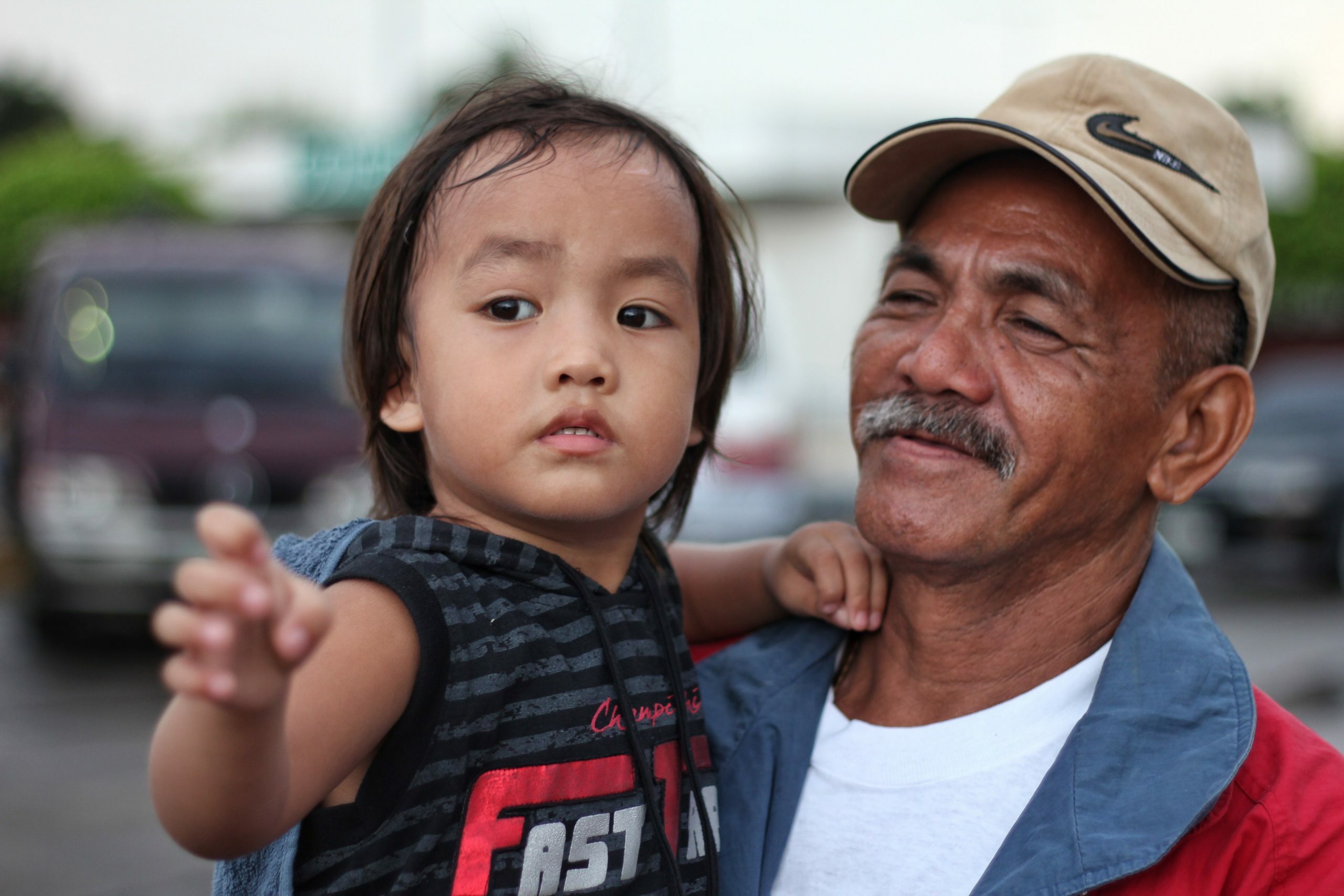
Prescription painkillers also run heavily in my family. My mother, a strong woman of 67, has a regular routine of opioids and steroid-based transdermal patches on a weekly basis. My grandmother, a powerhouse of intelligence and strength at 85, applies a steroid patch onto her knees every three days besides the painkiller cocktail she takes daily. The side effects are the most harrowing part to witness— dizziness, loss of appetite, sleeplessness, opioid induced pain, and disorientation. But recently, in the last six months, they have both turned to cannabis and hemp-derived medicines and remedies to combat their pain and reduce their need for opioids. The effects have been astounding. By using a CBD pain balm. The swelling in her knees has reduced and her need for the steroid patches has decreased to only twice per month.
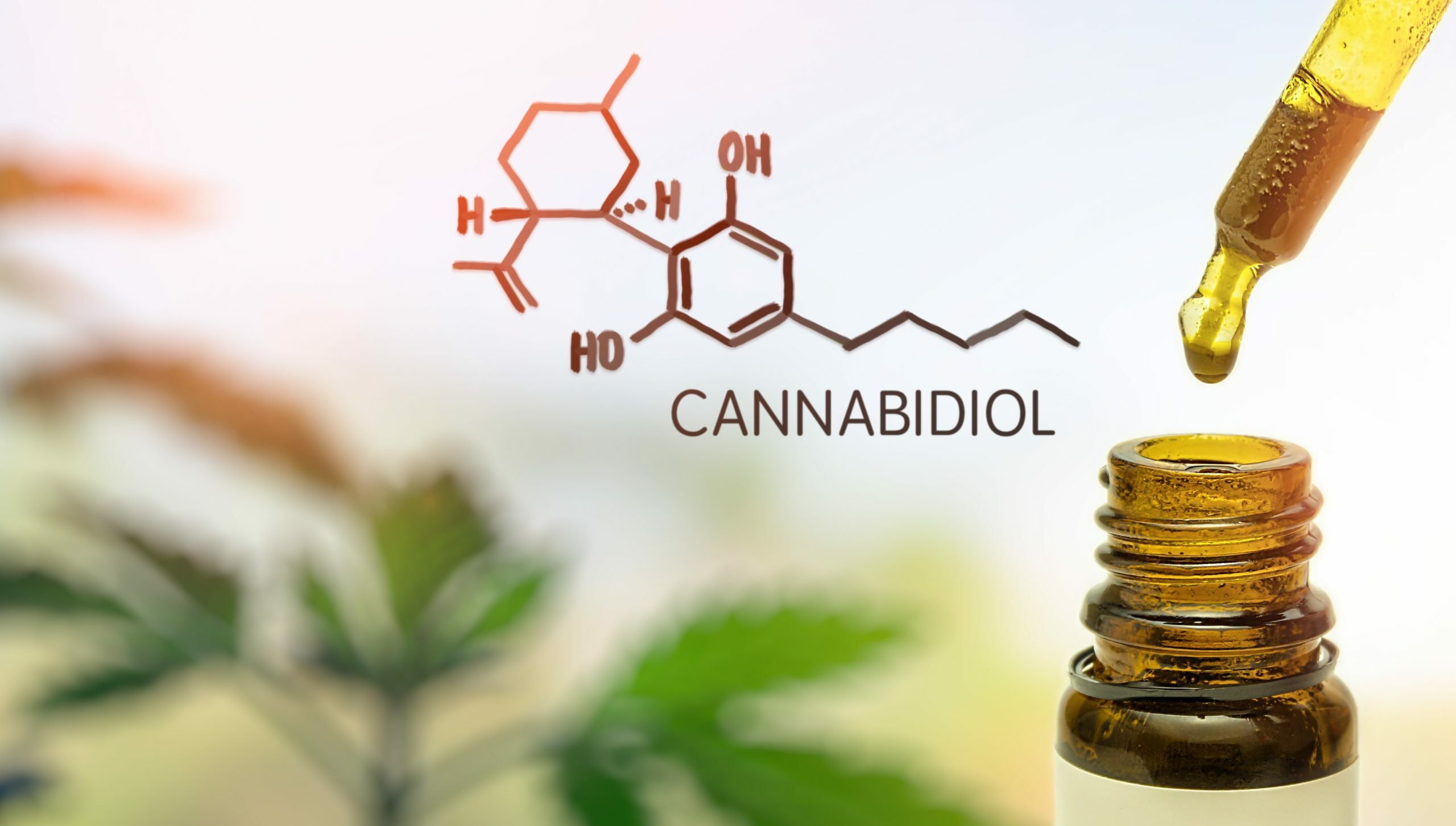
Like many elders and seniors in the United States, my family has turned to cannabis for pain relief. In fact, a recent survey by Remedy Review found that, “9% of seniors have tried CBD for health-related reasons and 51% of those that have tried it reported having an improved quality of life afterward.” The Population Reference Bureau has tabulated that, “The number of Americans ages 65 and older is projected to nearly double from 52 million in 2018 to 95 million by 2060, and the 65-and-older age group’s share of the total population will rise from 16 percent to 23 percent.“ With the population of elderly growing more rapidly in the last decade, it is no wonder why CBD and cannabis products have become increasingly popular to fight pain.
For seniors and elders who are looking for a more natural way to fight their pain and improve their lives, cannabis and hemp-derived CBD products can be life-changing. And I know that many have concerns, and this article will serve to address the efficacy of CBD, how to find a quality CBD product, and how CBD can help reduce inflammation and fight pain for seniors.

Is CBD Safe? Will CBD Get Me High?
Many seniors have lived with the stigmas and drug-war rhetoric surrounding cannabis and are concerned if the plant and products that are derived from it are safe to consume. This is an understandable feeling. Let me assure you, CBD is safe. It is important though to consult your physician before incorporating it into your pain management routine. Cannabidiol (CBD) is the non-intoxicating component of cannabis. CBD will not get you high, unlike it’s more known counterpart THC.
Is CBD Legal?
The massive shift in the health and wellness communities towards CBD over the last three years has had an impact socially, medically, as well as legally. People everywhere are finding natural relief for their pain by taking CBD. Last December, CBD was legalized on the Federal level. The 2018 Farm Act legalized the cultivation of hemp and was signed into law. There are numerous CBD-based products that have become available on the market, but a large majority of seniors are not yet familiar with CBD. Those who do use CBD have reported a significant increase in the quality of life when used to treat pain, anxiety, and sleeplessness.




